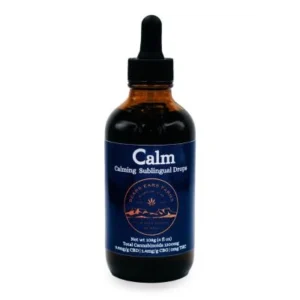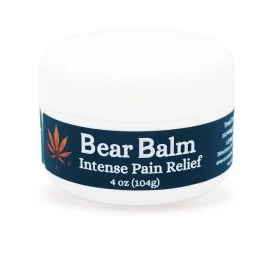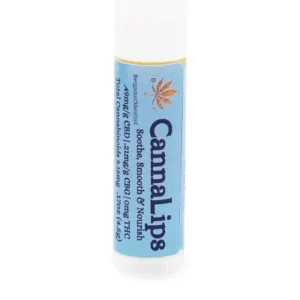What's CBD?
CBD is one of the many cannabinoids found in the cannabis plant. Unlike its cousin THC (tetrahydrocannabinol), CBD is non-psychoactive, which means it won’t get you “high.” Instead, it interacts with the body’s endocannabinoid system, a complex network of receptors involved in regulating various physiological processes, including pain perception, inflammation, and mood.
The Benefits of CBD for Pain Relief
Natural Anti-Inflammatory: CBD has shown promise as a potent anti-inflammatory agent, reducing inflammation in the body, which is often a source of chronic pain.
Pain Modulation: CBD may interact with receptors in the brain and nervous system to modulate pain perception, potentially providing relief from various types of pain, including neuropathic pain and musculoskeletal pain.
Minimizes Side Effects: Unlike many prescription pain medications, CBD is generally well-tolerated and has a lower risk of causing adverse side effects such as addiction or gastrointestinal issues.
Versatile Application: CBD can be used in various forms, including tinctures, capsules, topicals, and edibles, making it adaptable to individual preferences and specific pain management needs.
Choosing the Right CBD Product for Pain Relief
When considering CBD for pain relief, it’s essential to choose the right product that suits your needs. Here are some factors to consider:
Type of CBD: CBD products can be categorized as full-spectrum (containing a range of cannabinoids and terpenes) or CBD isolate (pure CBD). Full-spectrum products may provide enhanced pain relief due to the entourage effect, where the various compounds work together synergistically.
Dosage: Finding the right dosage can be a personal journey. It’s advisable to start with a low dose and gradually increase it until you achieve the desired pain relief. Consulting with a healthcare professional can provide guidance.
Application Method: Different CBD products are absorbed into the body in various ways. Topicals are applied directly to the skin, while tinctures and edibles are ingested. Consider which method aligns best with your pain management goals.
Tips for Using CBD for Pain Relief
Consistency is Key: To experience the full benefits of CBD for pain relief, use it consistently as part of your daily routine.
Monitor Your Progress: Keep a journal to track your pain levels and how CBD affects your pain perception. Adjust your dosage or product as needed.
Consult with a Healthcare Professional: If you have underlying medical conditions or are taking other medications, consult with a healthcare professional before incorporating CBD into your pain management strategy.
CBD and Specific Pain Conditions
CBD has shown potential in managing various types of pain conditions, including:
Arthritis: CBD’s anti-inflammatory properties may alleviate pain and inflammation associated with arthritis.
Neuropathic Pain: Some studies suggest that CBD may help relieve neuropathic pain, which can be caused by conditions such as diabetes or nerve damage.
Chronic Pain: Individuals dealing with chronic pain conditions, such as fibromyalgia or chronic back pain, may find relief with CBD.
Post-Exercise Discomfort: Athletes and fitness enthusiasts often use CBD topicals to ease sore muscles and promote faster recovery.
Potentially Safer Option for Pain Relief
CBD holds significant promise as a natural alternative for pain relief, offering a safer option without the side effects associated with traditional pain medications. Whether you’re dealing with chronic pain, arthritis, or discomfort from physical activity, CBD provides a versatile and effective solution. By choosing the right CBD product, dosage, and application method, you can harness its potential to lead a pain-free and more comfortable life. Explore the benefits of CBD, and take the first step toward a healthier, pain-free future. Remember to consult with a healthcare professional for personalized guidance on incorporating CBD into your pain management regimen.







